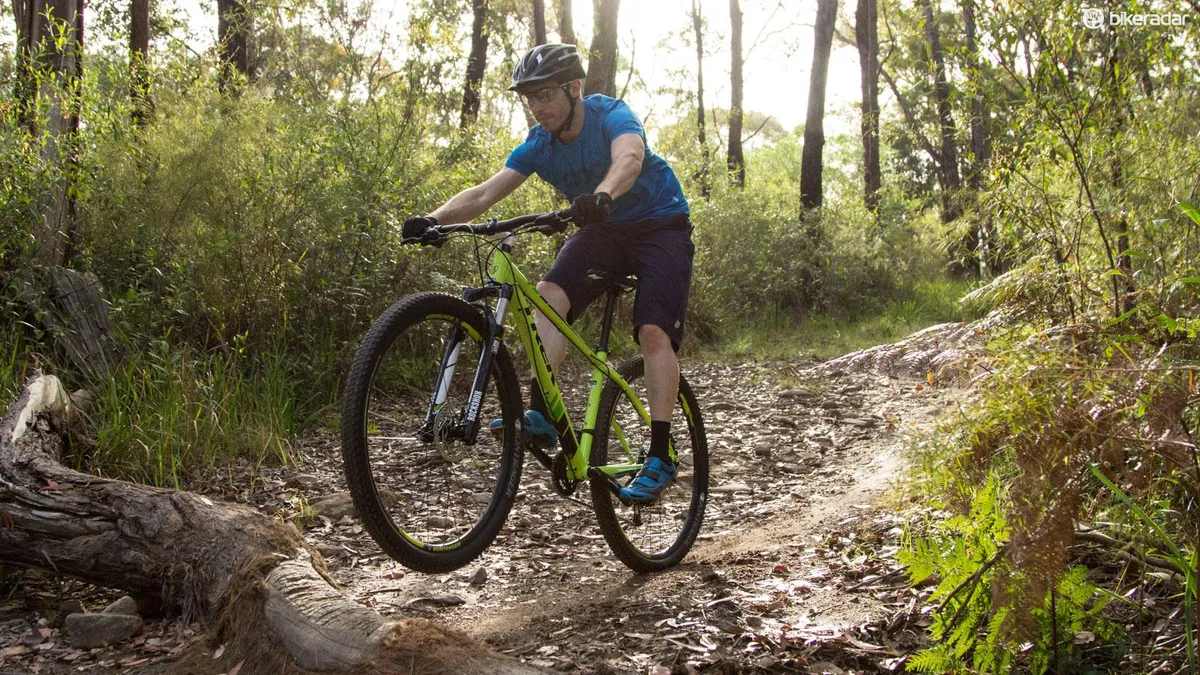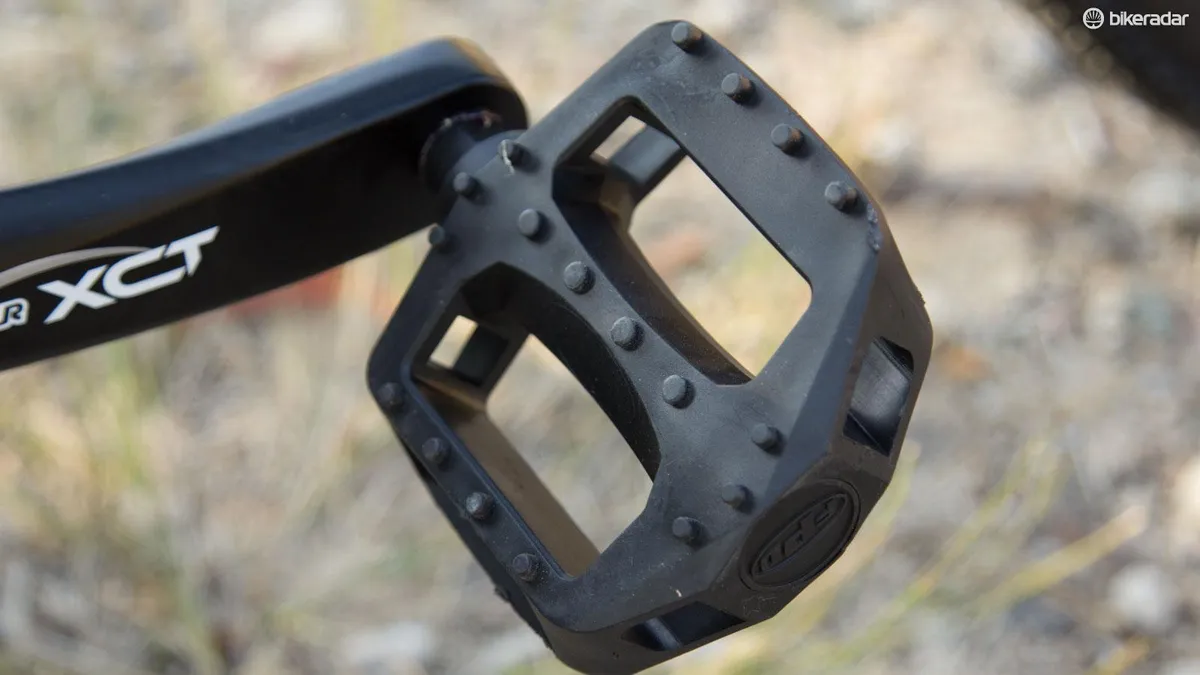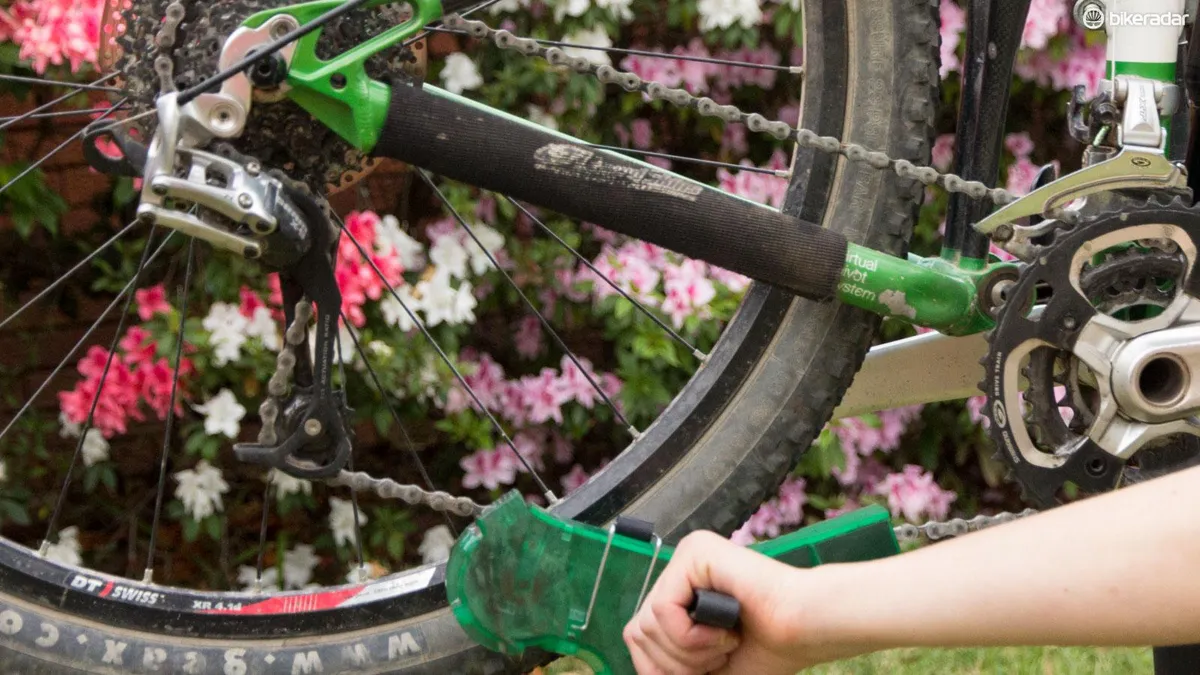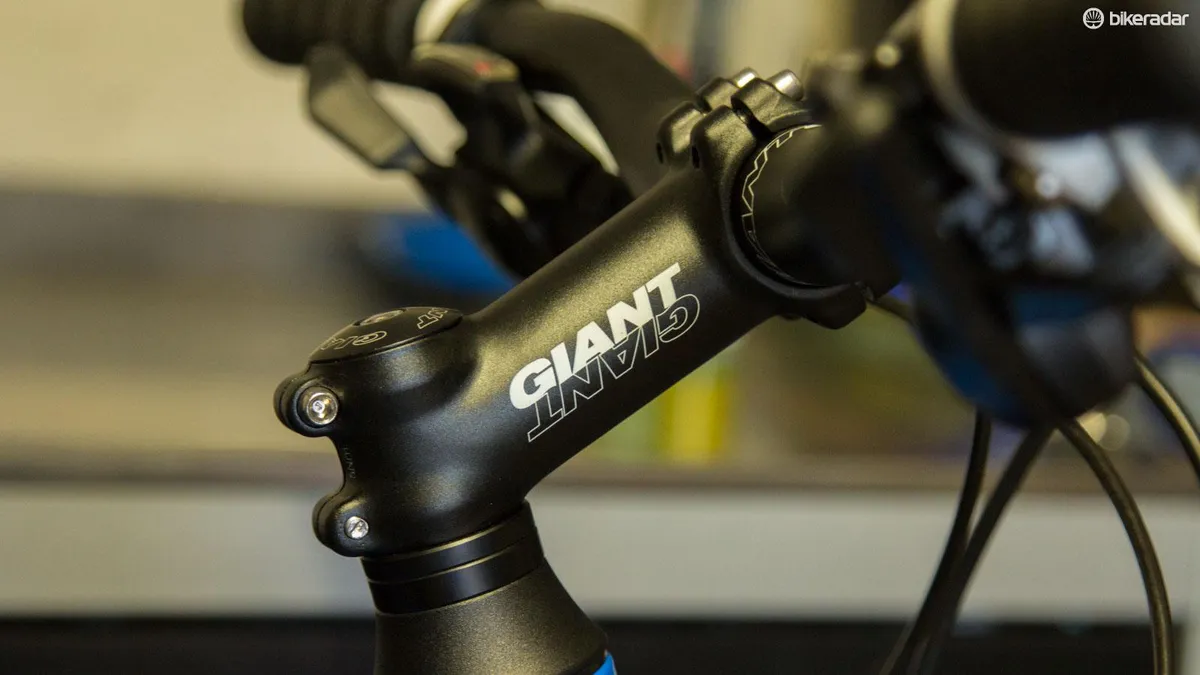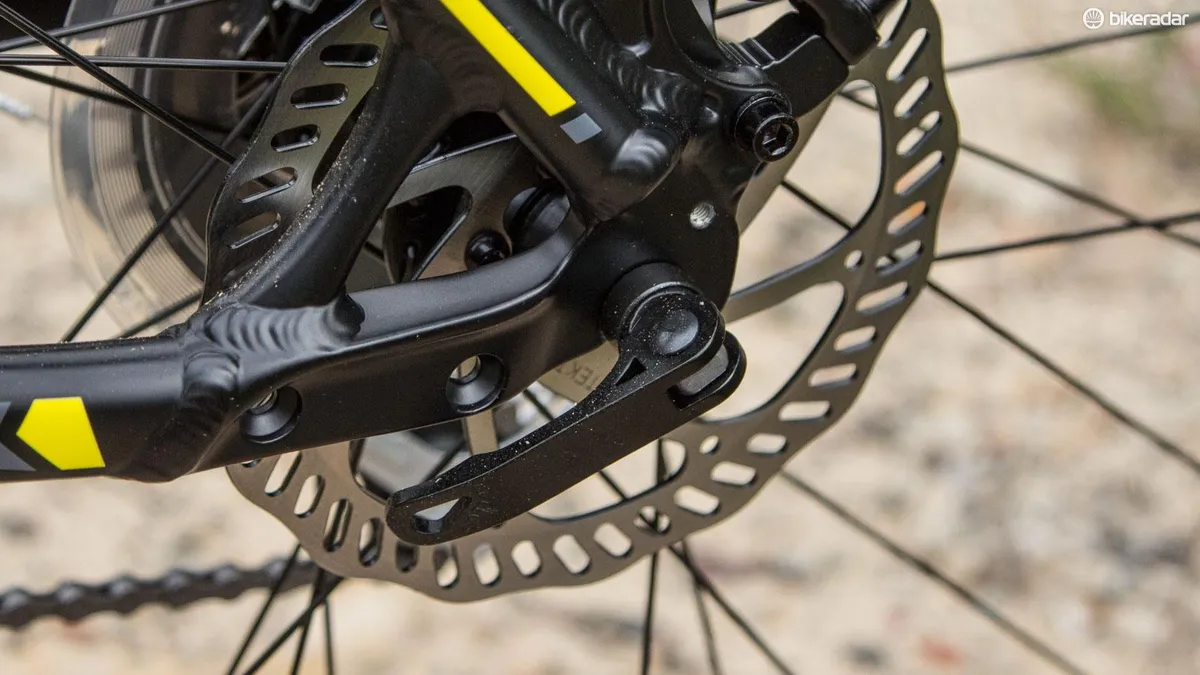Budget mountain bikes are better than ever these days, but there are a number of setup adjustments that you can make to ensure you're getting the most out of your entry-level steed.
It’s easy to buy a bike from a shop (or online), hit the trails and assume everything is how it should be – but there’s always room for improvement. Regular maintenance, once you've got your setup sorted, is essential too.
If you’re new to mountain biking, then the following tips will help you improve your bike setup and keep it working smoothly, without spending a lot of money on doing so.
1. Adjust your gears – they should shift, not skip
Naturally, the gears on cheaper bikes won’t shift as smoothly or quickly as those on more expensive options, but they should still shift accurately. If your gears aren’t staying in the right place, then you need to have them adjusted. Your local bike shop should be able to help with this. More often than not inaccurate shifting is caused by cable tension or cable friction (because of rust, dirt, and so on), but there can be other factors at play.
It’s also very easy to bend the derailleur hanger – the piece that connects the rear derailleur to the frame – if you're not careful. To avoid doing this, always make sure you lean and transport your bike with the driveside pointing upwards with nothing resting on it. If your shifting is poor even after correctly adjusting it, have a shop check the hanger alignment too.
2. Don’t assume the stock saddle is right
Stock saddles are better these days, but it's still a highly personal item, and what's comfortable for one person might not necessarily be comfortable for another. If you don't find your saddle comfortable, chances are it's not the right one for you and you need to replace it. This needn't be expensive and plenty of good bike stores offer saddle demo programs that let you try before you buy.
This point especially applies to women riding men’s bikes. Men and women's saddles are very different, because women and men are built differently. Women should look for a saddle with generous width and padding, but that still allows manoeuvrability for off-road use.
3. Ditch the plastic pedals
Most basic bikes come with basic pedals. This is because pedals are considered a personal preference item – some like big, flat metal platforms while others prefer clipless style pedals, so manufacturers assume you'll change them soon anyway.

Plastic pedals don't belong on the trail
If your cheap, plastic pedals aren't cutting it, invest in some new flats or clipless-style pedals. There’s plenty of choice in the pedal market, but we’ve compiled a list of the best pedals for mountain biking.
4. Get a (good) grip
Your hands are one of your main contact points with the bike, so you want grips that will keep your hands comfortable and in control while you ride.
Most basic bikes come with basic grips that offer good durability, but rarely great comfort. A good grip will reduce chatter and allow a lighter hold on the bar, which in turns leads to better bike handling and less hand fatigue. We’re quite fond of the ESI grips for most riding.
5. Sort your tyres
When it comes to traction on the ground, tyre pressure is extremely important. Too high a tyre pressure and the tyre will deflect off the surface and cause a loss in traction, but if it's too low you'll likely experience the dreaded pinch flat, or worse – dented rims. Learn more about tyre pressure here.
Many manufactures are including better tyres on bikes these days, but that doesn’t mean they are right for your local conditions. Find out what people in your area ride and rate, and give it a go. It’s amazing how much difference there is between treads.
6. Fit a chainstay protector
Cheap bikes come with cheap derailleurs. A cheap derailleur lacks the spring tension of higher quality models and so will allow for chain slap against the frame. Fitting a chainstay protector will save your frame’s paint and reduce that metal on metal sound. Chainstay protectors are cheap too, or you can make one for free from an old inner tube.
7. Set your handlebar height to suit you
Just about every basic bike we ride has the handlebars too high for optimum handling. Read our handlebar height guide to learn why handlebar height matters, how to adjust it and feel the difference.
8. Look after your chain
Basic chains lack the corrosion protection of more expensive models. It’s important to keep your chain clean and well lubed to prevent unnecessary drivetrain wear and rusting. The more you ride in muddy conditions, the more crucial a maintenance schedule becomes.

See our guide on how to best to wash and lube your bike here.
9. Upgrade your quick-release
The AngryAsian previously wrote a piece about cheap quick releases being one of his pet hates. It’s true, they are evil little creatures that thrive on hate. If your bike has basic external cam skewers, be sure to keep them oiled and tight – or better yet, ditch them and get some internal cam skewers.
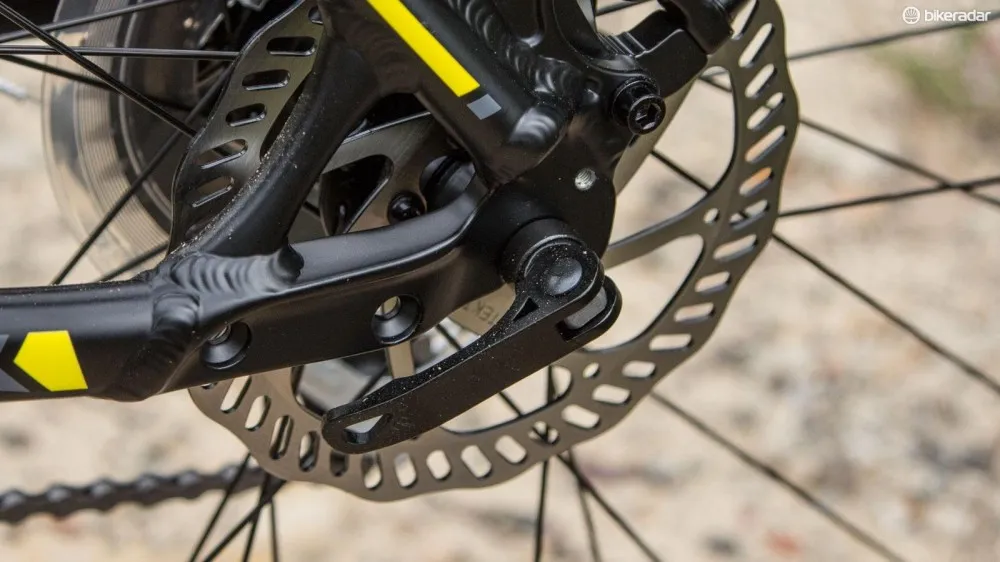
This is an external cam quick release – keep them lubed and consider replacement
10. Keep your seals happy
Most suspension will run on some kind of lubricant (oil or grease) to keep it sliding smooth. Dirt is often attracted to the outside of the seals and will quickly cause wear, so be sure to wipe the seals clean as often as you lube the chain.
For greater performance, try a light stanchion lube to reduce seal stiction and improve seal life. Finish Line, Muc-Off and Juice Lubes all offer suitable options.
11 Don't skimp on servicing
We see many neglected bikes on the road and at the trail. There’s no excuse for component failure from wear and tear – it can all be prevented through regular maintenance. Here are some video maintenance workshops that you may find useful.
And remember, just because your bike is cheap, it doesn't mean it's less fun. As long as the bike's working well, it’s always huge amounts of fun.
